Henna, also known as mehndi, is a natural dye derived from the leaves of the henna plant (Lawsonia inermis). For centuries, it has been used in various cultures for body art, hair dyeing, and medicinal purposes. Today, henna is celebrated worldwide for its cultural significance, beauty, and natural benefits. But what exactly is henna, and how does it work?
In this article, we’ll explore the origins, uses, and the science behind how henna works.
What is Henna?
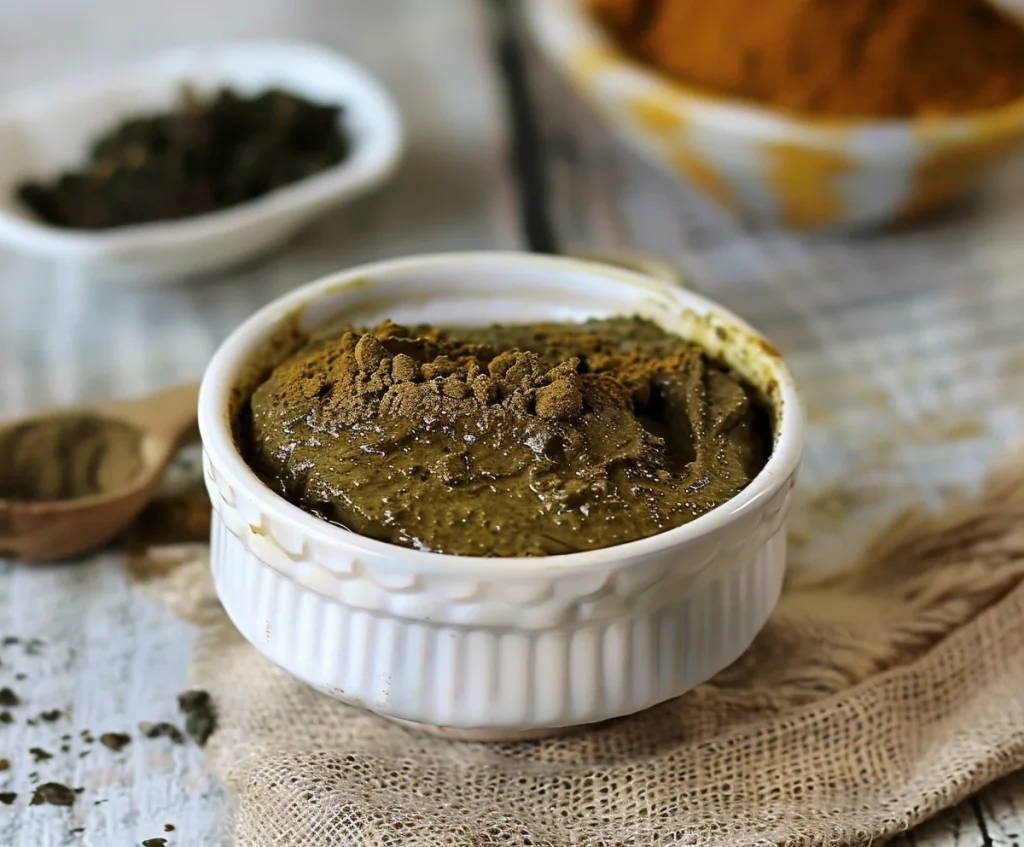
Henna is a plant-based dye that has been used for over 5,000 years. The henna plant thrives in hot, dry climates and is primarily grown in regions such as India, North Africa, and the Middle East. The leaves of the plant are harvested, dried, and ground into a fine powder, which is then mixed with water, lemon juice, or essential oils to create a paste.
What is henna used for:
Common Uses of Henna
Henna, a natural dye derived from the leaves of the henna plant, has been used for centuries for various purposes. Here are some of its most common applications:
- Body Art (Mehndi): Henna is widely used to create intricate and beautiful temporary tattoos, especially during weddings, festivals, and special occasions. In many cultures, these designs are applied to the hands, feet, and arms as part of traditional celebrations.
- Hair Dye: Henna is a popular natural alternative to chemical hair dyes. It imparts a rich reddish-brown color to hair while conditioning and strengthening it. Henna is used by people looking to color their hair naturally and without harmful chemicals.
- Medicinal Uses: In traditional medicine, henna is used for its cooling and healing properties. It has been applied to treat burns, wounds, and various skin conditions due to its natural anti-inflammatory and soothing effects.
- Fabric Dyeing: Henna is also used as a natural dye for fabrics such as silk, wool, and leather. It imparts a unique color to textiles and is a sustainable alternative to synthetic dyes.
- Cultural and Religious Symbolism: Henna holds deep cultural and religious significance in various traditions, particularly in India, North Africa, and the Middle East. It is often used in rituals, ceremonies, and festivals as a symbol of luck, joy, and prosperity.
How Does Henna Work?
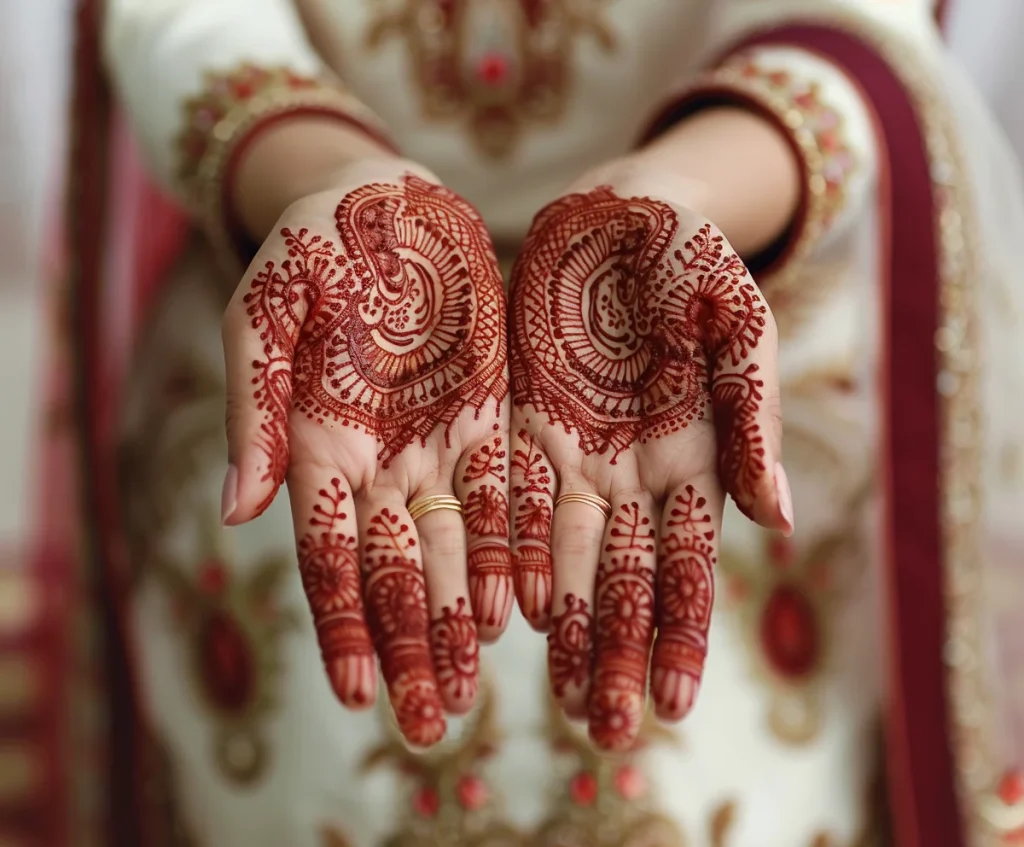
The staining effect of henna comes from a compound called lawsone, a natural dye that binds with proteins found in the skin and hair. Here’s how the process works:
- Henna Preparation: Fresh henna leaves are crushed and mixed with liquid to release the lawsone dye. This paste is left to rest for several hours to allow the dye to mature.
- Application: The henna paste is applied to the skin or hair. For body art, the paste is left on the skin for several hours, often overnight, to ensure a deep, long-lasting stain.
- Staining Process: When henna is applied, the lawsone molecules penetrate the outer layers of the skin or hair. For skin, the stain will initially appear orange and then darken to a rich brownish-red over the next 48 hours.
- Longevity: Henna stains last about one to two weeks on the skin, gradually fading as the outer layer of skin exfoliates. Henna in the hair can last longer, depending on hair type and care.
Tips for Best Results:
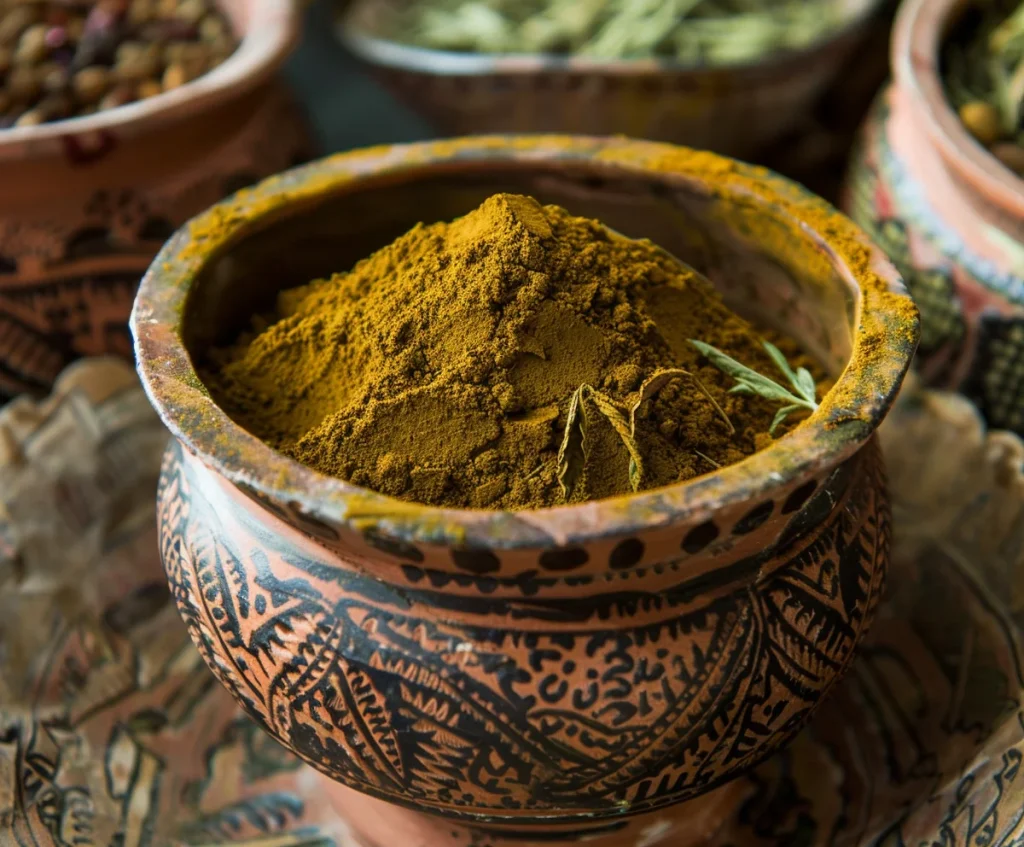
Here are some Tips for Best Results when using henna:
- Use Fresh Henna: Ensure that the henna powder is fresh. Fresh henna will have a greenish-brown color and a distinctive earthy smell. Old or expired henna may not stain as effectively.
- Mix Henna Properly: To get a rich, dark stain, mix henna powder with an acidic liquid like lemon juice. Let the paste sit for 6-12 hours to allow the dye to release fully.
- Apply to Clean Skin: Before applying henna to your skin, wash the area thoroughly to remove any oils, lotions, or dirt. Clean skin allows the henna to adhere better and produce a deeper stain.
- Keep the Paste on for Several Hours: For the best results, keep the henna paste on the skin for at least 4-8 hours. The longer it stays on, the deeper and longer-lasting the stain will be.
- Heat and Warmth Help: After applying henna, keep the area warm. Heat speeds up the dyeing process and helps intensify the stain. You can wrap the area in plastic or wear gloves to retain warmth.
- Avoid Water Contact: Avoid contact with water for the first 24 hours after removing the henna paste. Water can prevent the stain from fully darkening and set it properly.
- Lemon and Sugar Sealant: To keep the paste moist and ensure maximum absorption, mix sugar and lemon juice and gently dab it over the dried henna paste. This keeps the henna adhered to the skin for longer.
- Patience with Color Development: The henna stain will appear light at first and will darken over the next 24-48 hours. Be patient as it deepens to its final rich reddish-brown hue.
Conclusion:
Henna is a versatile and natural dye that has stood the test of time. Whether used for body art, hair coloring, or medicinal purposes, henna is celebrated for its beauty, cultural significance, and benefits. Understanding how henna works can help you get the most out of this age-old tradition, whether you’re looking to create stunning designs or enhance your hair’s natural beauty.



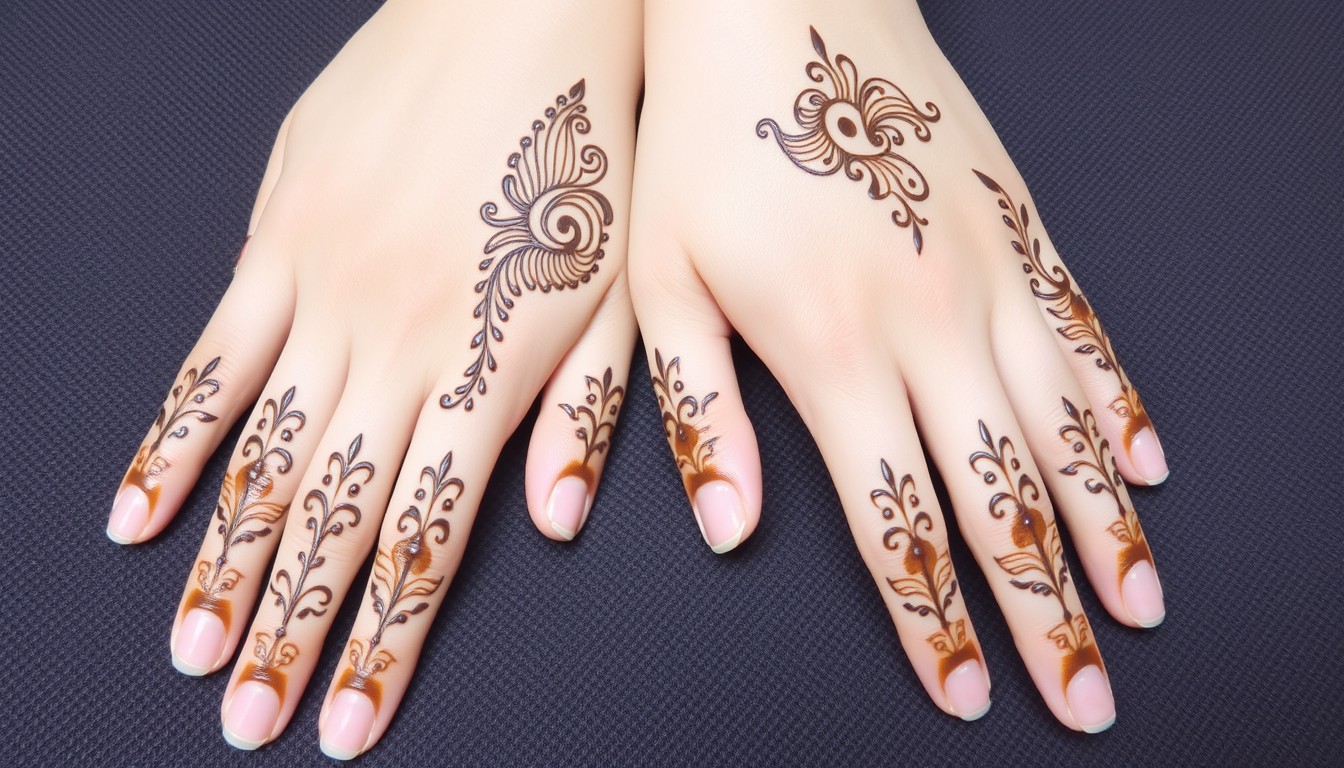
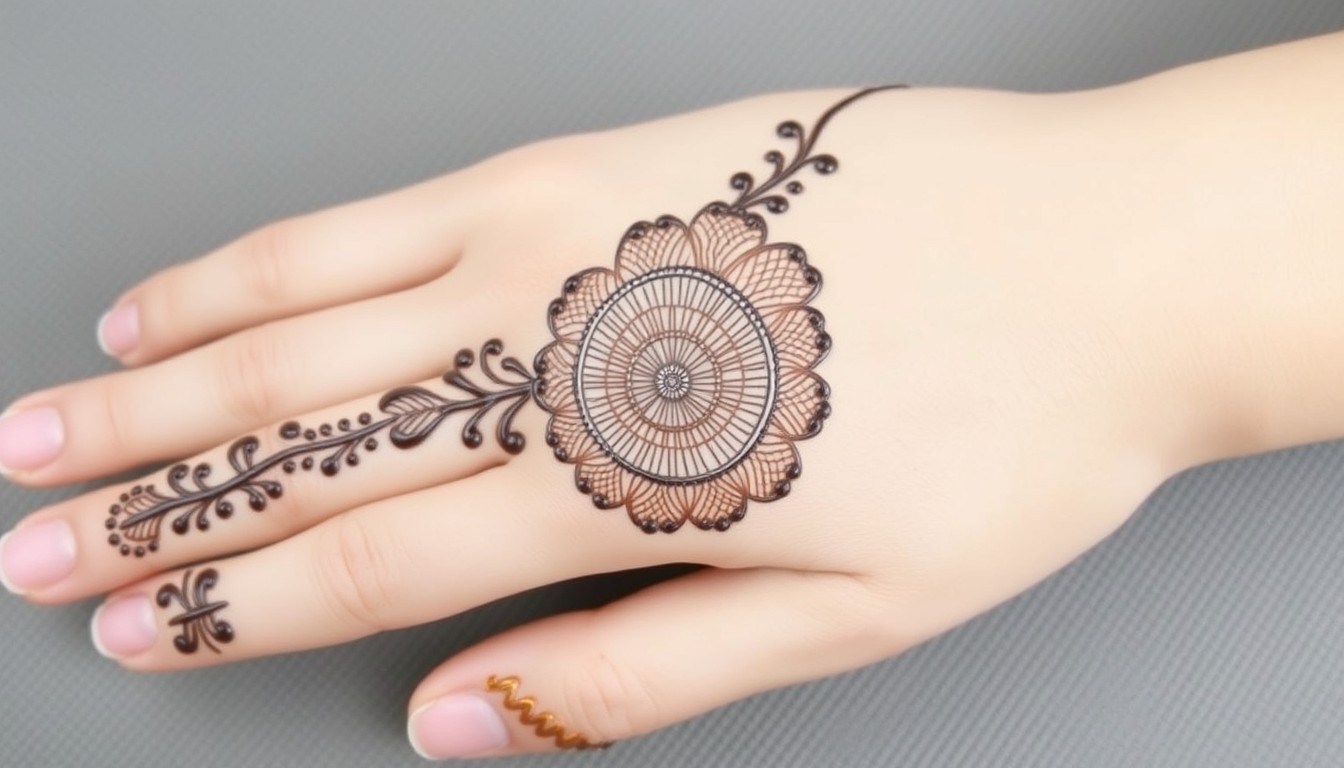
Leave a Reply